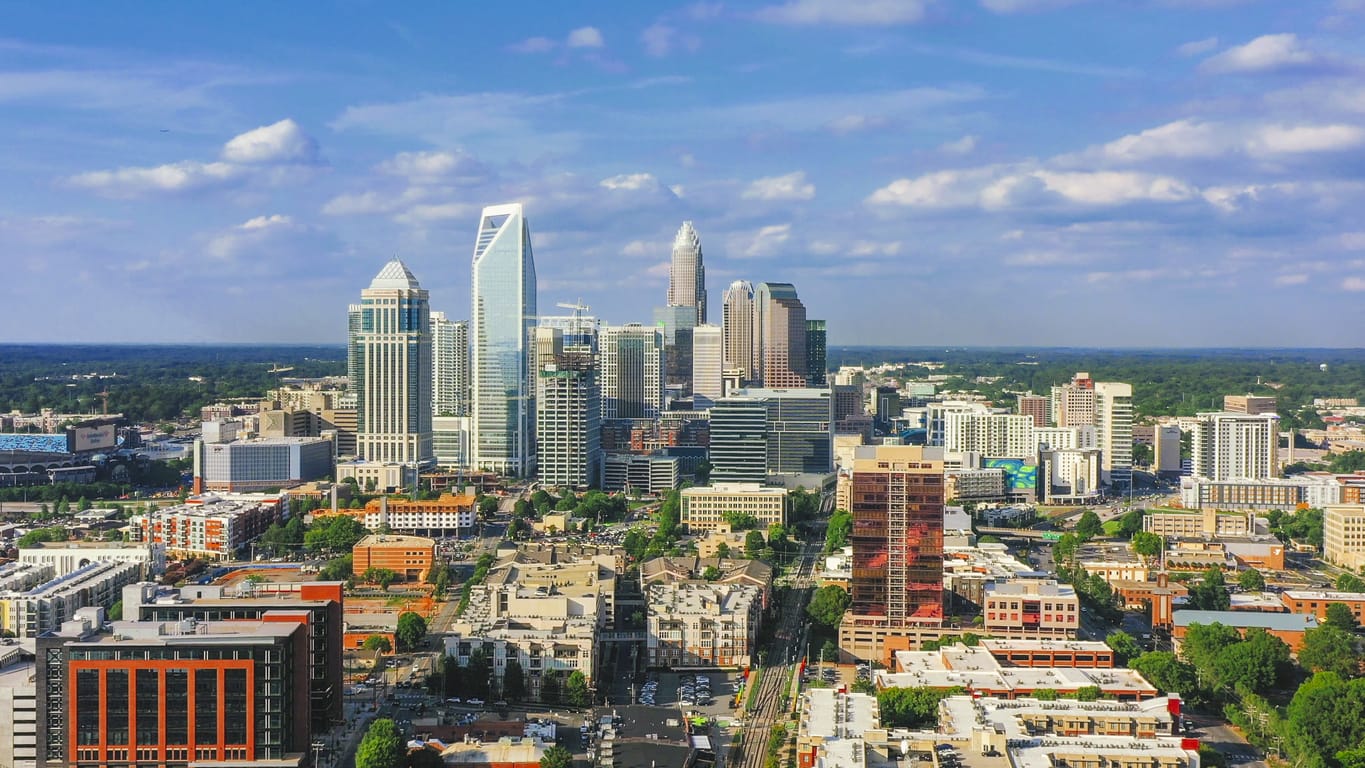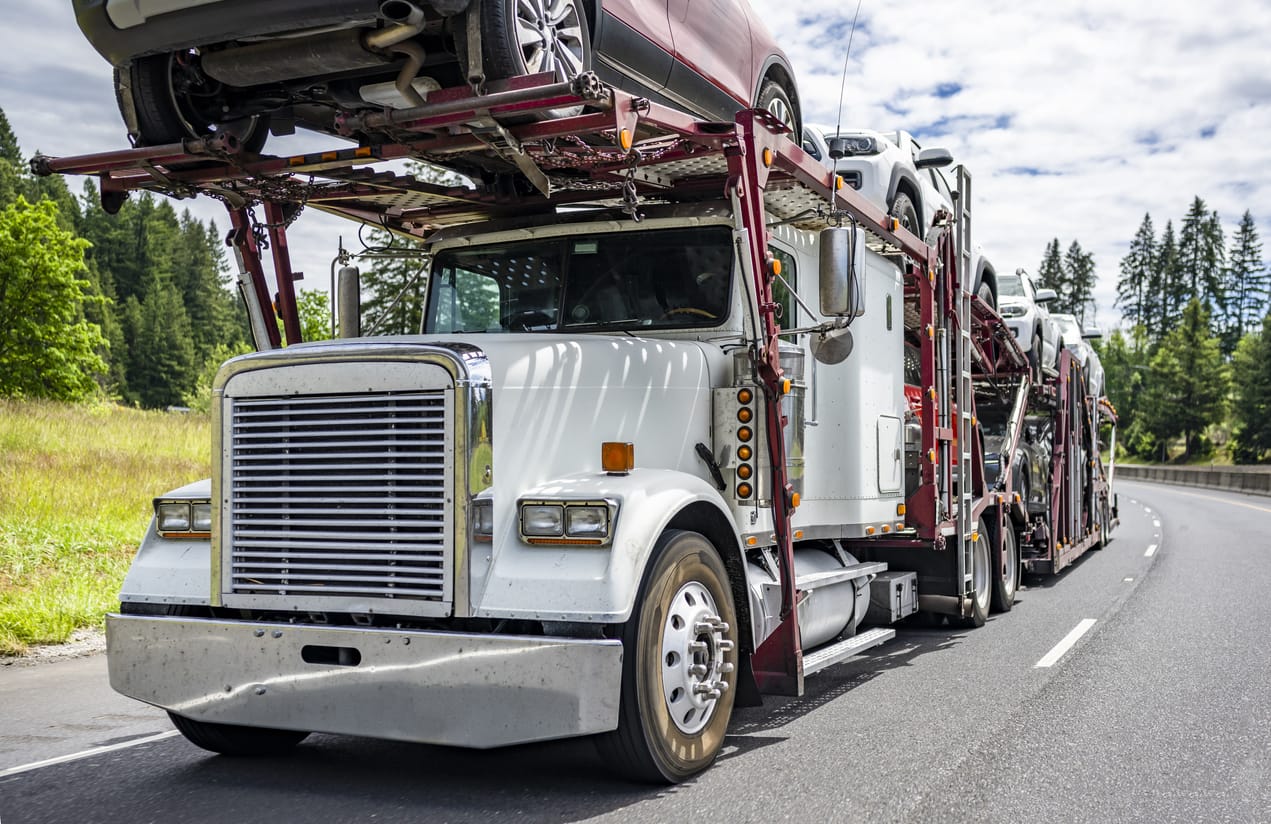Everything You Need to Know About the State of North Carolina (NC)
North Carolina was the first state to demand its delegates to vote for independence from the British. This happened during the Continental Congress. The state developed a vast slave plantation system after the revolutionary war. It went on to become a chief exporter of tobacco and cotton. However, the slave population in North Carolina stayed relatively small in comparison to other southern states. Although no significant battles were fought in the state, North Carolina had more recruits fighting for the Confederacy than all other rebel states. North Carolina became the first place to have the first manned self-propelled aircraft flight in 1903. This took place when the Wright brothers took a flight off from a cliff near Kitty Hawk.
North Carolina gained statehood on 21st November 1789, with “Esse Quam Videri” translating “To Be Rather Than to Seem”.
The state has borders with Virginia to the north and Tennessee to the west. It also has Georgia and South Carolina to the south and the Atlantic Ocean to the east. Raleigh is the state’s capital, and Charlotte is its biggest city.

In 1587, 150 colonists from Plymouth, England, landed on Roanoke Island off the coast of North Carolina and disappeared without a trace. It is one of the fascinating mysteries in the United States. There have been numerous postulations regarding what happened, but historians and archaeologists have been unable to find evidence to support any of the claims.
On 17th December 1903, Orville and Wilbur Wright had their first powered airplane flight, which covered merely 120 feet and lasted only 12 seconds.
During World War II, about 10,000 enemy soldiers were trapped within 18 prisoner of war camps all over North Carolina.
North Carolina is the highest producer of sweet potatoes in the country. In 2011, farmers in the state harvested 64,000, hence producing 1.28 billion pounds of tubers rich in vitamin A.


